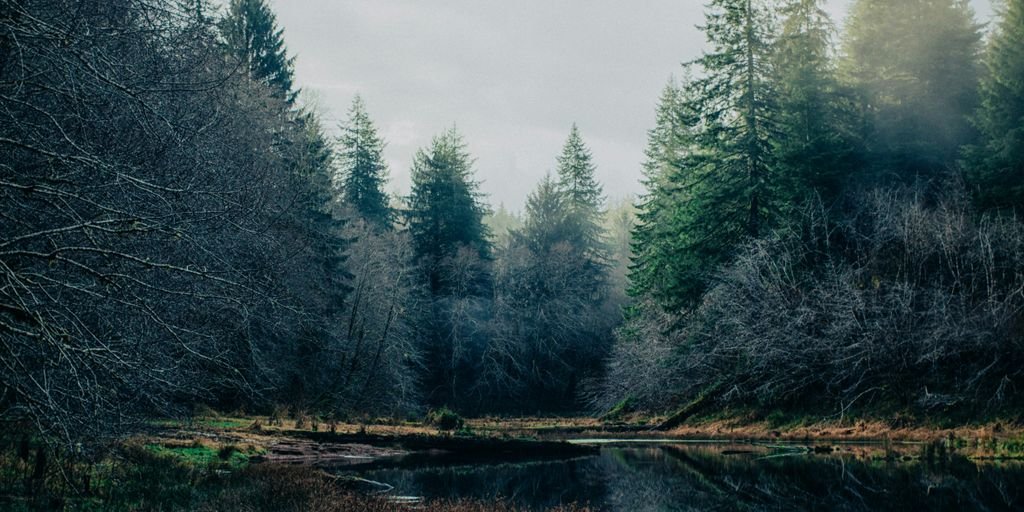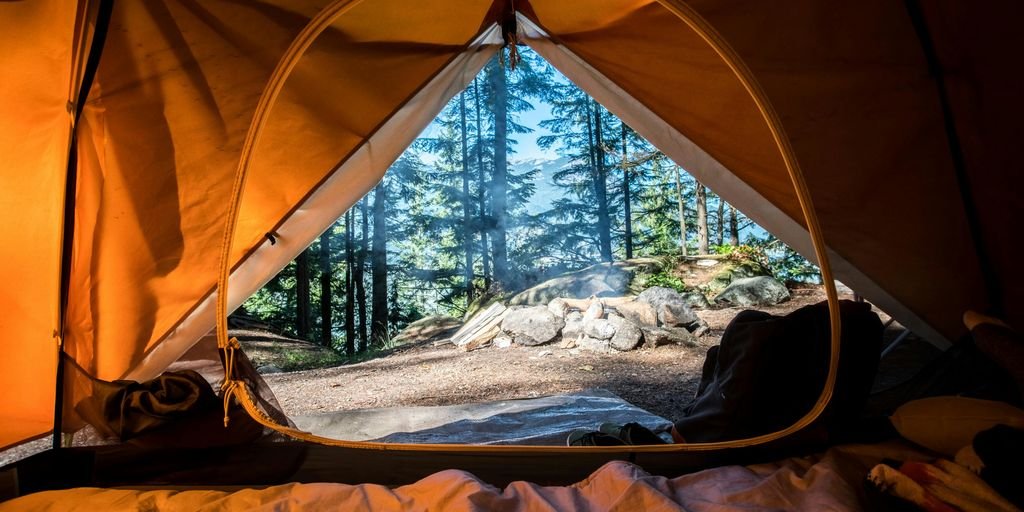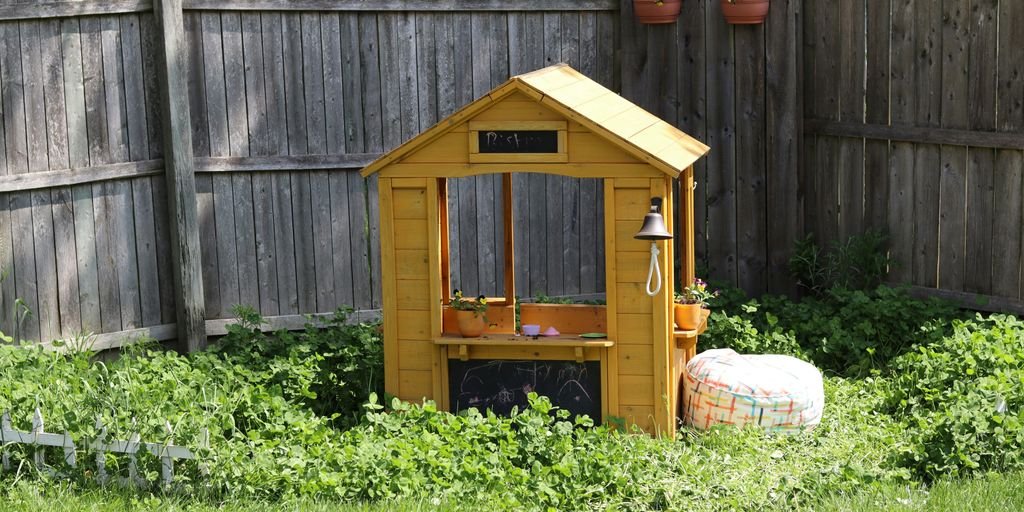Creating the perfect outdoor living space doesn’t have to cost a lot. With some smart planning and creativity, you can turn your backyard into a cozy and stylish retreat without breaking the bank. This guide will show you how to plan, budget, and design your outdoor area, focusing on cost-effective materials and DIY projects. Whether you’re looking to relax, entertain, or dine outside, these tips will help you make the most of your space on a budget.
Key Takeaways
- Plan your space by measuring and sketching the layout before starting.
- Set a realistic budget that includes materials, labor, and unexpected expenses.
- Choose affordable materials and consider repurposing old furniture.
- Focus on essential elements and avoid costly high-end features.
- Add visual appeal with color, texture, and lighting to enhance the space.
Planning Your Outdoor Living Space
Creating the perfect outdoor living space starts with careful planning. This section will guide you through the essential steps to design a functional and enjoyable area without breaking the bank.
Measuring and Sketching the Layout
Begin by measuring the area you want to transform. Sketch a rough layout to help you visualize the space. Consider the flow of the area, such as how you will enter and move around. Think about different zones for activities like dining, lounging, and entertaining. This will help you make the most of your available space.
Deciding on Key Features
Identify the primary purpose of your outdoor space. Is it for entertaining guests, relaxing, or outdoor dining? List the key features you want to include, such as seating areas, dining tables, or a fire pit. Prioritize these features based on your needs and budget.
Creating a Functional Design
Once you have a rough layout and a list of key features, it’s time to create a functional design. Consider the climate and weather in your area, as this will impact the types of materials and features that will work best. Focus on cost-effective solutions like DIY projects and upcycling old furniture to stay within your budget.
Planning your outdoor living space carefully ensures that you create a beautiful and functional area that enhances your lifestyle without overspending.
Setting a Realistic Budget
Creating the perfect outdoor living space on a budget requires careful planning and a realistic budget. Setting a realistic budget helps you ensure you won’t overspend and have to compromise on your overall vision. Here are some steps to help you set a budget that works for you.
Estimating Costs for Materials and Labor
Start by listing all the materials you will need, such as wood, paint, and plants. Don’t forget to include labor costs if you plan to hire help. It’s important to get quotes from multiple sources to find the best prices. This way, you can make sure you are getting the best deal and not overspending.
Considering Permits and Unexpected Expenses
Some projects may require permits, so be sure to check local regulations. Permits can add to your costs, so it’s important to include them in your budget. Also, set aside some money for unexpected expenses that may come up during the project. This will help you avoid any surprises and keep your project on track.
Prioritizing Essential Features
Make a list of the features you want in your outdoor space. Then, prioritize them based on what is most important to you. This will help you focus on the essential elements and avoid getting carried away with ideas that may not fit your budget. By prioritizing, you can make smart compromises and still create a beautiful outdoor living space.
Choosing Cost-Effective Materials
Creating a beautiful outdoor living space doesn’t have to break the bank. By choosing cost-effective materials, you can stretch your budget further and still achieve a stunning result. Here are some tips to help you get started:
Repurposing and Upcycling Furniture
One of the best ways to save money is by repurposing and upcycling furniture. Jump on Facebook Marketplace or visit local thrift stores to find affordable pieces that you can give a new life. A fresh coat of paint or new upholstery can transform old furniture into stylish and functional items for your outdoor space.
Using Affordable Building Materials
When it comes to building materials, there are plenty of low-cost options that can still create a beautiful and functional space. For a less expensive option than pavers, think about wood decking, pea stone, concrete slabs, natural stone (such as slate or flagstone), or gravel. These materials can be used to create pathways, patios, and other hardscaping features without breaking the bank.
Incorporating Plants and Greenery
Adding plants and greenery to your outdoor space is an affordable way to enhance its aesthetic appeal. Consider using a mix of perennials and annuals to add color and texture. You can also create a vertical garden or use container plants to maximize your space and create a lush, green environment.
By being creative and resourceful, you can create a beautiful outdoor living space without spending a fortune. Focus on using cost-effective materials and repurposing items to make the most of your budget.
Simplifying Your Design

Focusing on Essential Elements
When planning your outdoor space, it’s easy to get carried away with grand ideas. Focus on the essentials to keep costs down. For instance, if you love dining outside, invest in a sturdy dining set but skip the fancy lighting fixtures. This way, you can still enjoy your space without overspending.
Avoiding High-End Features
High-end features can quickly make your costs stack up. Instead, opt for budget-friendly alternatives. For example, instead of a built-in fire pit, consider a portable one. This not only saves money but also offers flexibility in arranging your space.
Making Smart Compromises
Making smart compromises is key to staying within budget. Prioritize what matters most to you and be willing to compromise on less important features. By incorporating deck tiles, outdoor lighting, and outdoor rugs, you can achieve a stylish and comfortable outdoor space on a budget. These simple yet effective choices can make a big difference without breaking the bank.
Selecting the Right Furniture
Finding Pre-Loved Pieces
There are plenty of low-cost options that can still create a beautiful and functional space. Look for pre-loved pieces at thrift stores, garage sales, or online marketplaces. You can find unique items that add character to your outdoor area without spending a lot of money. Repurposing and upcycling furniture not only saves money but also gives your space a personalized touch.
Ensuring Comfort and Durability
Comfort is key when choosing outdoor furniture. Opt for pieces that are both comfortable and functional. Consider how you’ll use the space, whether it’s for lounging, dining, or entertaining, and choose furniture that works for your vision. Quality is important, too. Invest in durable materials that can withstand the elements and will last for years to come.
Arranging for Optimal Flow
Arrange your furniture in a way that creates a welcoming and functional flow. Think about how people will move through the space and make sure there’s enough room for everyone to be comfortable. Creating distinct areas for different activities, like dining and lounging, can help make the most of your outdoor space.
Adding Visual Appeal
Incorporating Color and Texture
Color and texture can greatly enhance the visual appeal of your outdoor living space. One way to add color is by incorporating plants and flowers. Choose a variety of plants with different colors and textures to create visual interest and depth. You can also add color through accessories like throw pillows, outdoor rugs, and decorative accents. Paint can go a long way in transforming your space, and it’s one of the most budget-friendly and easiest ways to make a big impact.
Using Decorative Elements
Decorative elements can add personality and charm to your outdoor space. Consider adding wall art, such as hanging ornaments or a fountain, to your home’s exterior wall. You can also use outdoor rugs to define different areas within your patio, such as a dining area or a lounging space. Outdoor textiles not only add style but also provide a non-slip surface, reducing the risk of falls.
Enhancing with Lighting
Lighting is essential for both functionality and ambiance. It allows you to see and navigate your outdoor space after dark and can transform the look and feel of your area. There are many different types of lighting options to consider, such as string lights, path lights, and spotlights. When selecting your lighting, consider the style and design of your outdoor space and choose lighting that complements your overall aesthetic.
By being creative and resourceful, you can create a beautiful outdoor living space without breaking the bank.
DIY Projects for Budget-Friendly Enhancements
Building Your Own Furniture
Creating your own outdoor furniture can be a fun and cost-effective way to enhance your backyard. Furniture can be an expensive investment, but you can save a lot by making it yourself. For example, you can build benches, chairs, and tables using low-cost materials like concrete blocks and wooden pallets. One popular idea is to use dry-stacked concrete blocks covered with a foam pad to create a comfortable and stylish bench.
Creating a Fire Pit
A fire pit is a great addition to any backyard, providing a cozy spot for family and friends to gather. You can build your own fire pit using inexpensive materials like angled pavers and gravel. This project can be completed over a weekend and will provide warmth and ambiance for years to come. Just make sure to check local regulations or your homeowner’s association rules before starting this project.
Installing Affordable Flooring
Updating your outdoor flooring can give your backyard a fresh new look without breaking the bank. Consider using deck tiles, which are easy to install and can be placed over concrete, brick, or any hard surface. Composite tiles are a great option as they are durable, easy to clean, and comfortable to walk on. This is a perfect solution for renters or anyone looking for a temporary yet stylish flooring option.
Conclusion
Creating the perfect outdoor living space on a budget is all about being smart with your choices and getting creative. By planning carefully, using affordable materials, and incorporating DIY projects, you can transform your outdoor area into a beautiful and functional retreat without spending a lot of money. Remember to focus on the essentials, prioritize what matters most to you, and be open to upcycling and repurposing items. With a little effort and imagination, you can enjoy a stylish and inviting outdoor space that fits your budget perfectly.
Frequently Asked Questions
How do I start planning my outdoor living space?
Begin by measuring the area you want to transform and sketching a rough layout. Think about how you want to use each part of the space and what key features you want to include, like seating areas, dining spots, or garden beds.
How can I set a realistic budget for my project?
List all potential costs, including materials, labor, and permits. Don’t forget to set aside some money for unexpected expenses. Prioritize essential features to make sure you stay within budget.
What are some cost-effective materials I can use?
Consider repurposing and upcycling old furniture. Use affordable building materials like wooden pallets or cinder blocks. Adding plants and greenery can also enhance the space without costing much.
How can I simplify my design to save money?
Focus on essential elements and avoid high-end features. Make smart compromises by investing in items that matter most to you, like a good dining set if you love eating outside.
Where can I find affordable furniture for my outdoor space?
Look for pre-loved pieces on platforms like Facebook Marketplace or at thrift stores. You can often find good-quality items that just need a little TLC to look great in your space.
What are some DIY projects I can do to enhance my outdoor living space?
You can build your own furniture, create a fire pit, or install affordable flooring like deck tiles. These projects can save you money and add a personal touch to your space.



